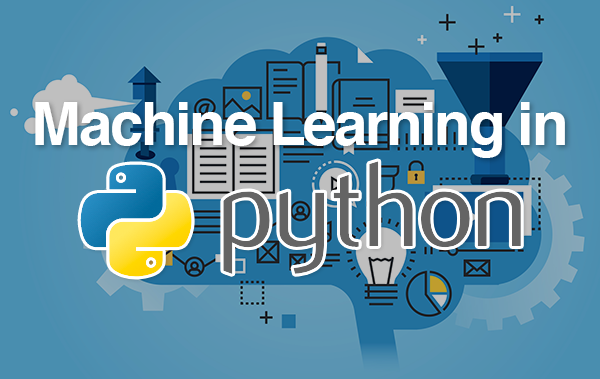
Bagging CART ensembles are a method of ensemble learning that is used to improve the performance of decision tree classifiers. Ensemble learning is a method that combines the predictions of multiple models to improve the overall performance. In this essay, we will go over the steps needed to create Bagging CART ensembles for classification in Python.
The first step is to load the data that you want to classify. This can be done using a library such as Pandas or Numpy. Once the data is loaded, you will need to separate it into two parts: the features and the labels. The features are the variables that will be used to predict the class, while the labels are the classes that the data points belong to.
Once the data is separated, you will need to create a decision tree classifier using the Classification and Regression Tree (CART) algorithm. This can be done using the “DecisionTreeClassifier()” function in the Scikit-learn library.
Next, you will need to create multiple copies of the decision tree classifier, each of which is trained on a different subset of the data. This can be done using the “BaggingClassifier()” function in the Scikit-learn library. This function takes the decision tree classifier as input and returns a bagging ensemble of decision tree classifiers.
The “BaggingClassifier()” function also allows you to specify the number of decision tree classifiers in the ensemble, as well as the number of instances to be sampled with replacement for each decision tree classifier.
It’s important to note that Bagging CART ensembles improve the performance of decision tree classifiers by reducing the variance of the predictions. They are particularly useful when the data is noisy and has a high degree of variability.
Another important aspect to consider is that Bagging CART ensembles can be combined with other ensemble techniques such as boosting to further improve the performance.
In conclusion, Bagging CART ensembles are a method of ensemble learning that is used to improve the performance of decision tree classifiers in Python. The process involves creating multiple copies of the decision tree classifier, each of which is trained on a different subset of the data. Bagging CART ensembles improve the performance of decision tree classifiers by reducing the variance of the predictions and are particularly useful when the data is noisy and has a high degree of variability. Additionally, Bagging CART ensembles can be combined with other ensemble techniques such as boosting to further improve the performance.
In this Applied Machine Learning & Data Science Recipe (Jupyter Notebook), the reader will find the practical use of applied machine learning and data science in Python programming: Bagging CART Ensembles for Classification.
What should I learn from this recipe?
You will learn:
- Bagging CART Ensembles for Classification.
Bagging CART Ensembles for Classification:
Disclaimer: The information and code presented within this recipe/tutorial is only for educational and coaching purposes for beginners and developers. Anyone can practice and apply the recipe/tutorial presented here, but the reader is taking full responsibility for his/her actions. The author (content curator) of this recipe (code / program) has made every effort to ensure the accuracy of the information was correct at time of publication. The author (content curator) does not assume and hereby disclaims any liability to any party for any loss, damage, or disruption caused by errors or omissions, whether such errors or omissions result from accident, negligence, or any other cause. The information presented here could also be found in public knowledge domains.
Learn by Coding: v-Tutorials on Applied Machine Learning and Data Science for Beginners
Latest end-to-end Learn by Coding Projects (Jupyter Notebooks) in Python and R:
Applied Statistics with R for Beginners and Business Professionals
Data Science and Machine Learning Projects in Python: Tabular Data Analytics
Data Science and Machine Learning Projects in R: Tabular Data Analytics
Python Machine Learning & Data Science Recipes: Learn by Coding